Chicken Liver Parfait
Chicken Liver Parfait
to your Favourites...
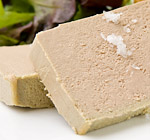
This classic terrine is fantastic for a light lunch or a starter for dinner. The distinct taste of the livers paired with the sweetness of the seasonings, blend beautifully together to make this creamy parfait, certainly something worth making. The other good thing about this dish is that livers are very cheap! Making this dish an economic but luxurious one.
Ingredients
- 400g chicken livers
- 35g shallot (1/2)
- 1 clove of garlic
- 3 tablespoons port
- 3 tablespoons of Maderia
- 3 tablespoons of brandy
- 3 eggs
- 300g unsalted butter
- 1 sprig of thyme
- 1 bay leaf
- Salt & black pepper
Preparation Time: 30 minutes
Cooking Time: 1 hour 30 minutes
Serves: 10-15
Method
- Finely chop the shallot and garlic and place them into a small saucepan with the herbs, port, Maderia and brandy. Season this plentifully with salt & pepper (this will be the seasoning for the whole parfait, so you may need more than you think).
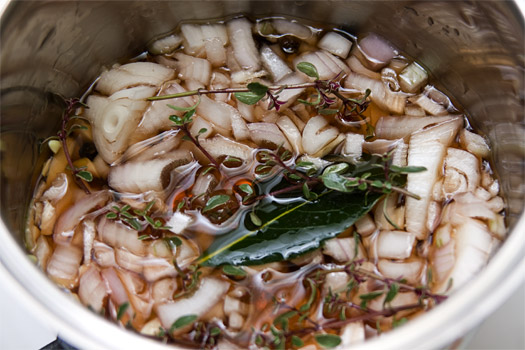
- Boil the mixture until it has reduced by half. Then remove the thyme and bay leaf and tip the rest of the reduction into a mixing bowl.
- Heat the butter in a small pan or in the microwave until it has just melted (it should be warm but not hot) and then pour it into the same bowl as the reduction. Then add the eggs and the cleaned livers. Ideally you want everything to be at the same temperature, otherwise it may split when blended.
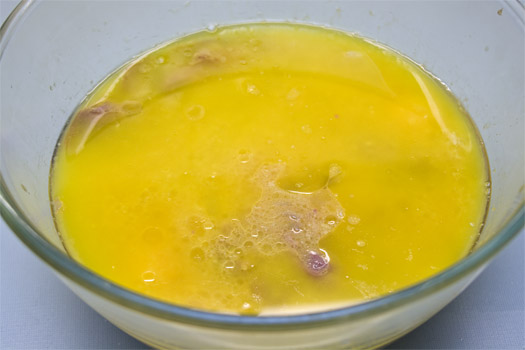
- Heat the oven to 120°c.
- Blend the mixture using either a hand blender or counter top blender. You want the mixture smooth but don’t over blend it, otherwise there will be too much air in the mixture which can cause it to crumble when cooked. Pour the blended mixture into a fine sieve and push it through with the back of a ladle or spoon into a bowl.
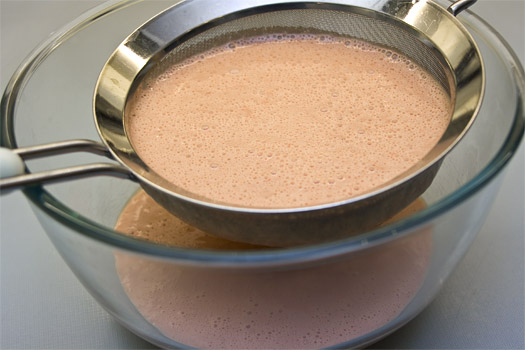
- Grease a terrine mould (or any other suitable, oven proof dish) and line it with cling-film/plastic-wrap. Then pour the liver mixture into the mould.
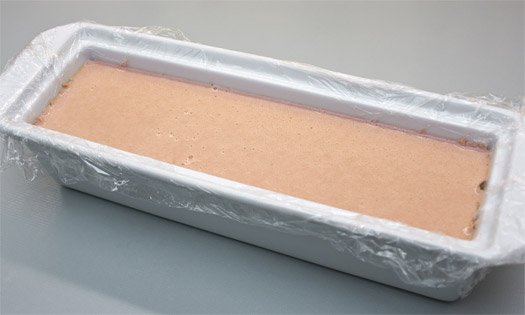
- Put a piece of tin foil over the top of the terrine or dish (tight enough so that it isn’t touching the liver mixture) and, if the terrine has a lid, place it on top.
- Put the dish into a roasting tin, put the tin on the middle shelf of the oven and pour hot water into the tin so the level of water comes half way up the sides of the terrine mould.
- Cook the parfait for 1 hour. Test it by inserting a temperature probe into the middle of the terrine. If the temperature does not reach 73°c, place it back into the oven for another 10 minutes and check it again. If you don’t have a temperature probe, well... you should, but you can check it by giving the terrine a little shake. It should have a slight wobble (but not too much) in the middle then it is ready.
- When the parfait is cooked, remove it from the oven and leave it to cool in the dish until it has reached room temperature, then place it into the fridge to set, ideally over night.
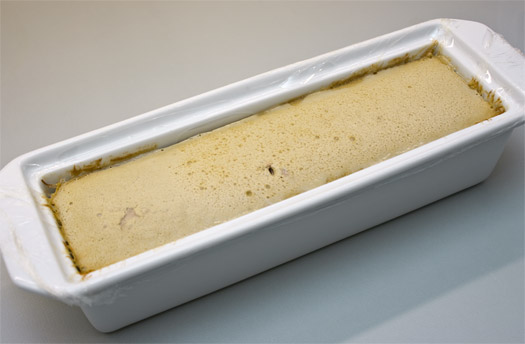
- The next day, out turn the terrine mould by using the cling film to ease it out onto a chopping board for slicing.
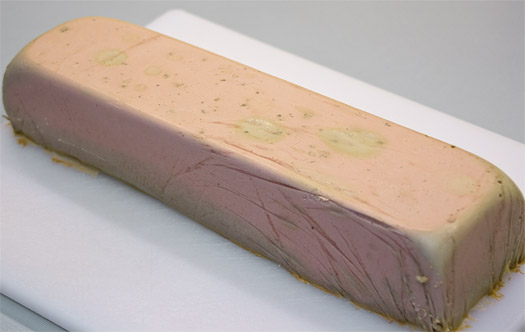
- Use a thin sharp knife to slice the parfait. If you want clean slices, dunk the knife blade into a pot of hot water after each cut and wipe it clean on kitchen paper. We served it with fresh brioche and Anglesey sea salt flakes.
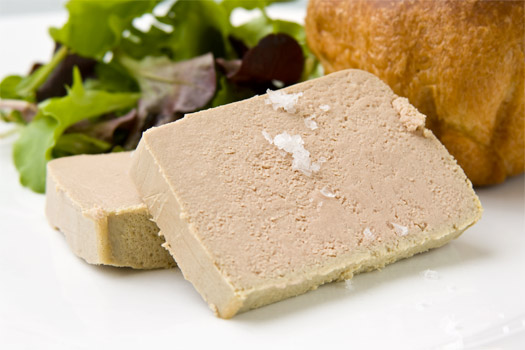
Useful Information
Can it be frozen? Yes, for 1 month, but it will probably turn grainy.
Can it be prepared in advance? Yes, it can be finished up to 3 days in advance.
Will leftovers be nice? Yes, for up to three days.
Notes
The parfait, when first cut, will appear pink in the middle, which is desirable. It then oxidizes rapidly, turning it to a beige/gray colour. You can put something called ‘pink’ salt into the mix which is a naturally pink salt (due to the amount of iron oxide found in the area where it is formed). This will help to preserve the colour but is probably not going to be available in your local supermarket.
Sponsored Links

Recipe Options


Units of Measurement